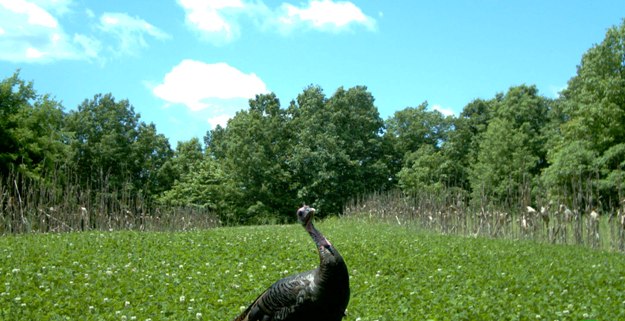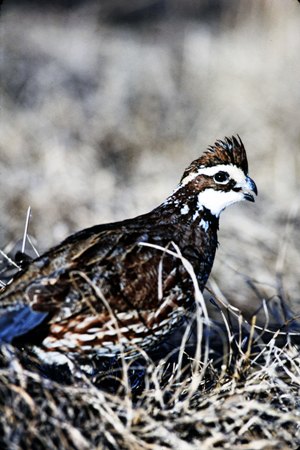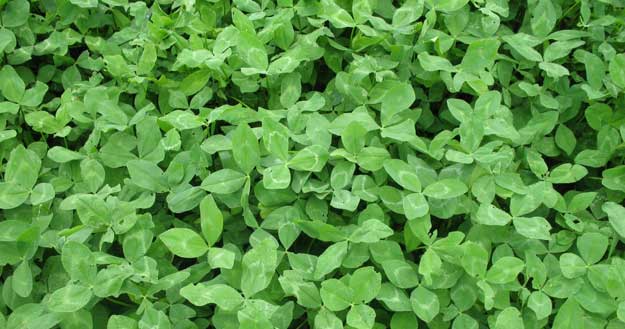
Editor’s Note: Wildlife management and green field plantings don’t have to be a one trick pony. In many places, green fields and wildlife plantings primarily are established to provide food for deer and harvest opportunities for hunters. However, your green fields can be more than just deer magnets. You also can use a green-field management program to provide food and habitat for wild birds, including turkeys, other wild birds and game birds.
 Green fields are primarily planted to provide food for wildlife for the fall, winter and early spring, and in many sections of the country, green fields are planted primarily for deer. But don’t forget to plant for the birds in the summer. To have food for turkeys, quail, pheasants and doves, you’ll have to plant for them. May and June are the ideal times to plant food and provide nesting habitat and cover for wild birds. Most plantings for wild birds require 60-90 days to mature - particularly a 90-day window of frost-free weather for growing millet, sorghum, sunflowers and Egyptian wheat for birds. The Mossy Oak BioLogic line of wildlife plantings offers WhistleBack, which includes several different types of millet, including pro, so millet, hybrid pearl millet and brown top millet. These kinds of millet create small seeds on big tall stems. Each seed head has hundreds of seed on it, and these seeds are the perfect size for young bird food. If you plant Whistleback in May and June, these plants will establish themselves through the summer and early fall. By the late fall, these plants will begin to brown up and shatter, and the seed heads will drop seeds to the ground naturally.
Green fields are primarily planted to provide food for wildlife for the fall, winter and early spring, and in many sections of the country, green fields are planted primarily for deer. But don’t forget to plant for the birds in the summer. To have food for turkeys, quail, pheasants and doves, you’ll have to plant for them. May and June are the ideal times to plant food and provide nesting habitat and cover for wild birds. Most plantings for wild birds require 60-90 days to mature - particularly a 90-day window of frost-free weather for growing millet, sorghum, sunflowers and Egyptian wheat for birds. The Mossy Oak BioLogic line of wildlife plantings offers WhistleBack, which includes several different types of millet, including pro, so millet, hybrid pearl millet and brown top millet. These kinds of millet create small seeds on big tall stems. Each seed head has hundreds of seed on it, and these seeds are the perfect size for young bird food. If you plant Whistleback in May and June, these plants will establish themselves through the summer and early fall. By the late fall, these plants will begin to brown up and shatter, and the seed heads will drop seeds to the ground naturally.
To increase the amount of seeds for your birds and help put more food on the ground to hold birds on your property through the winter months, mow small strips through these crops. This planting is extremely beneficial, if quail are on your property. To keep quail on your property in the tough winter months, plant WhistleBack with tall plants. When winter hits, and the snow breaks down some of these plants, they’ll provide excellent cover for ground-nesting birds like quail and pheasants to hold under. And, during the winter when finding food is tough for wild turkeys, these plants will bend over, the seed heads will get close to the ground, and wild turkeys can scratch through the snow and get the seeds. So, planting Whistleback along the edges of your green field is a productive way to provide cover for the deer to come through to reach green field plantings. Too, the seeds from WhistleBack can help feed quail, pheasant and late season doves as well as turkeys.
Day 2: Cut the Grass and Use M.E.E.N. Green Fertilizer
Tomorrow: Use Predator Control to Remove Competition for the Wildlife Your Land Produces






























